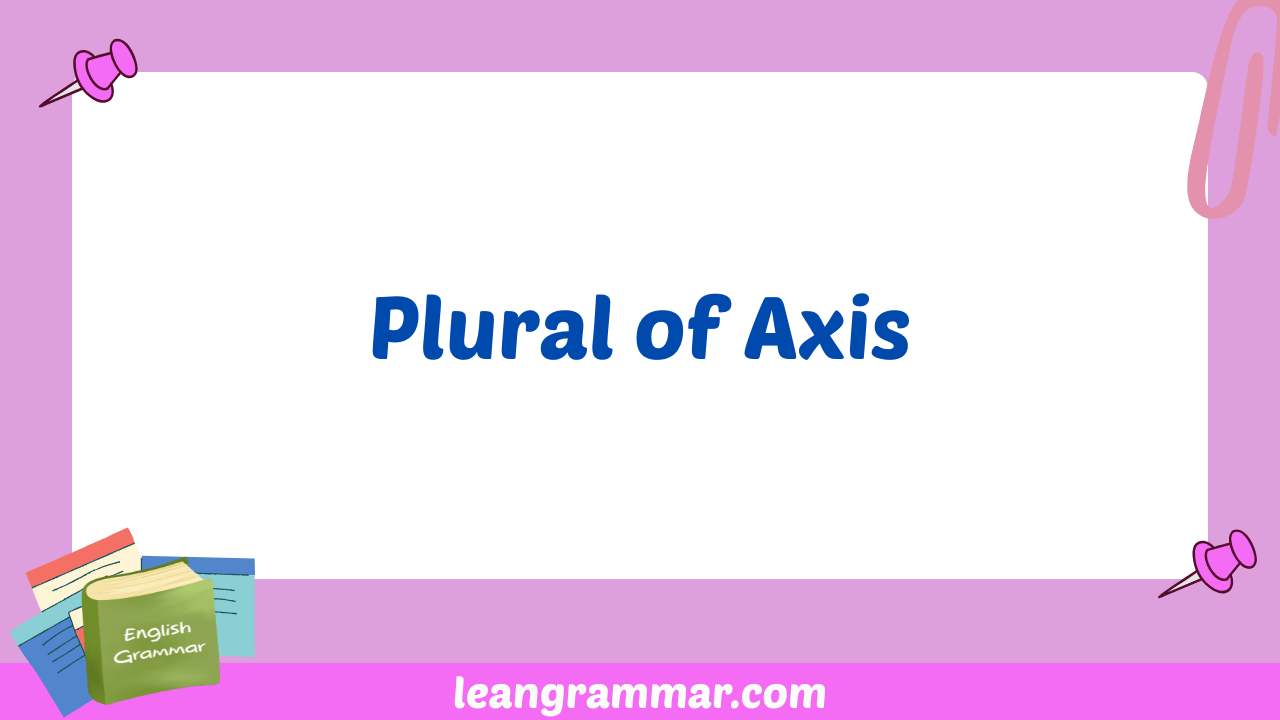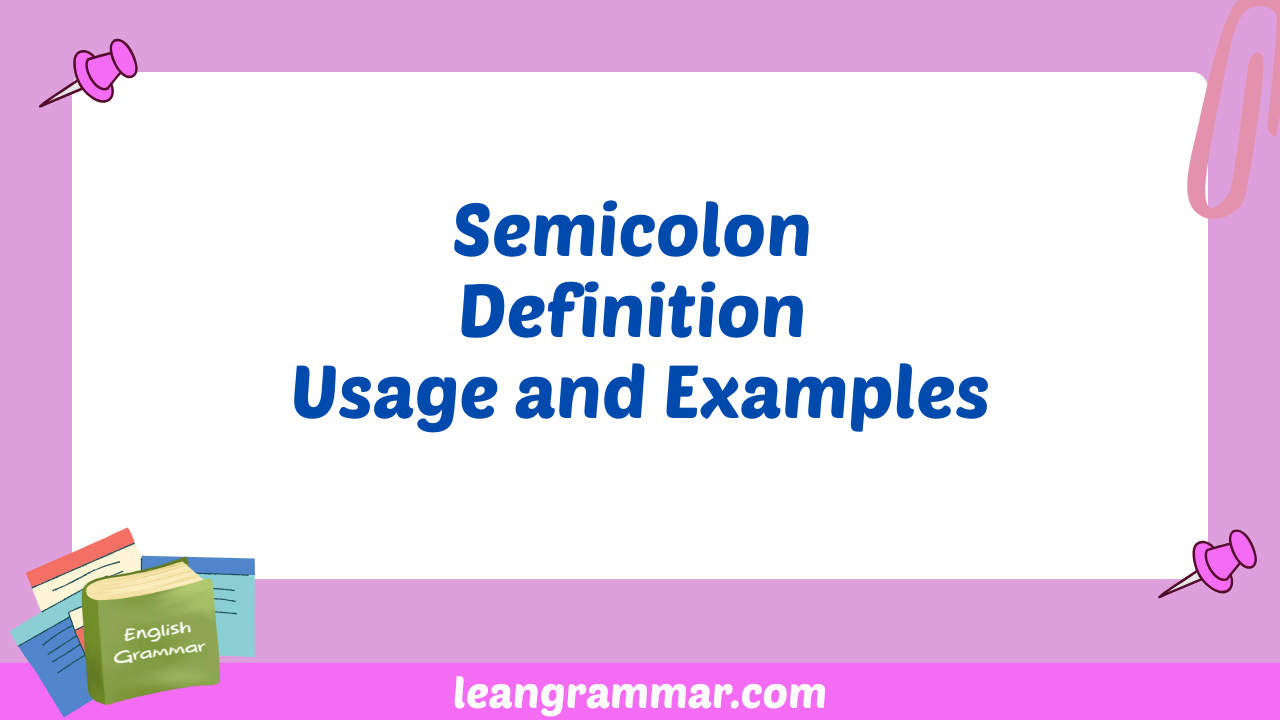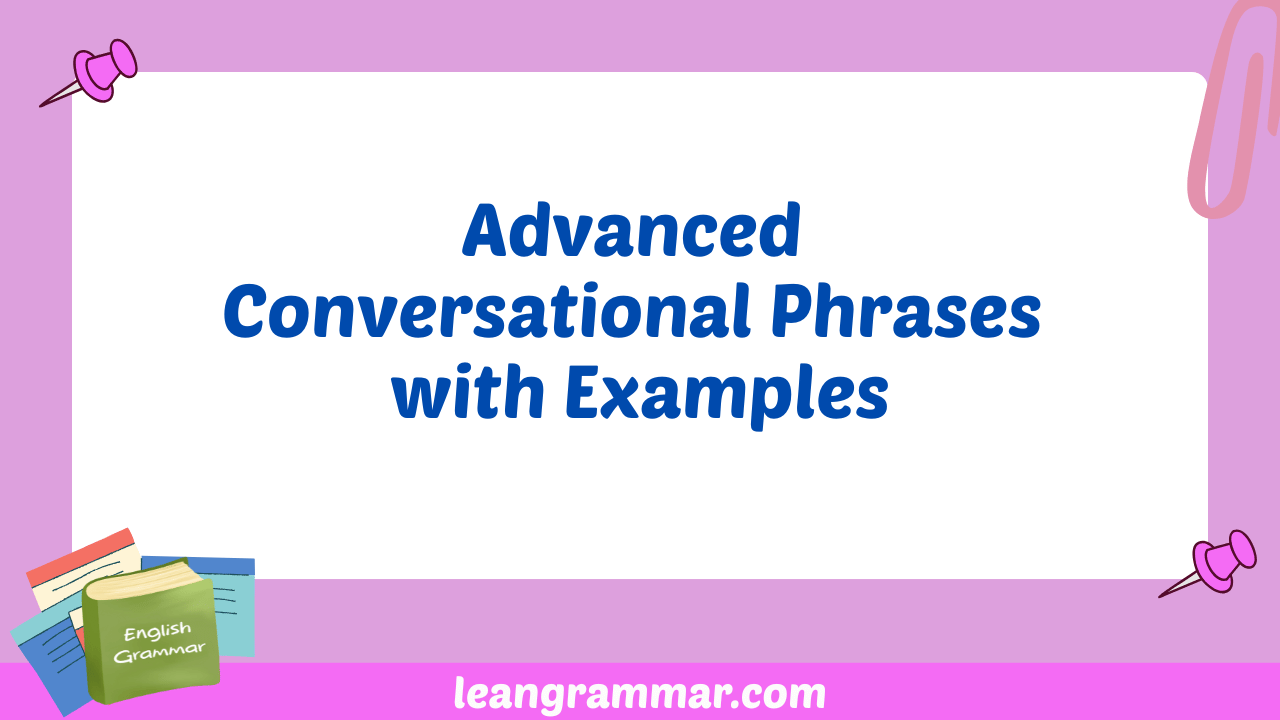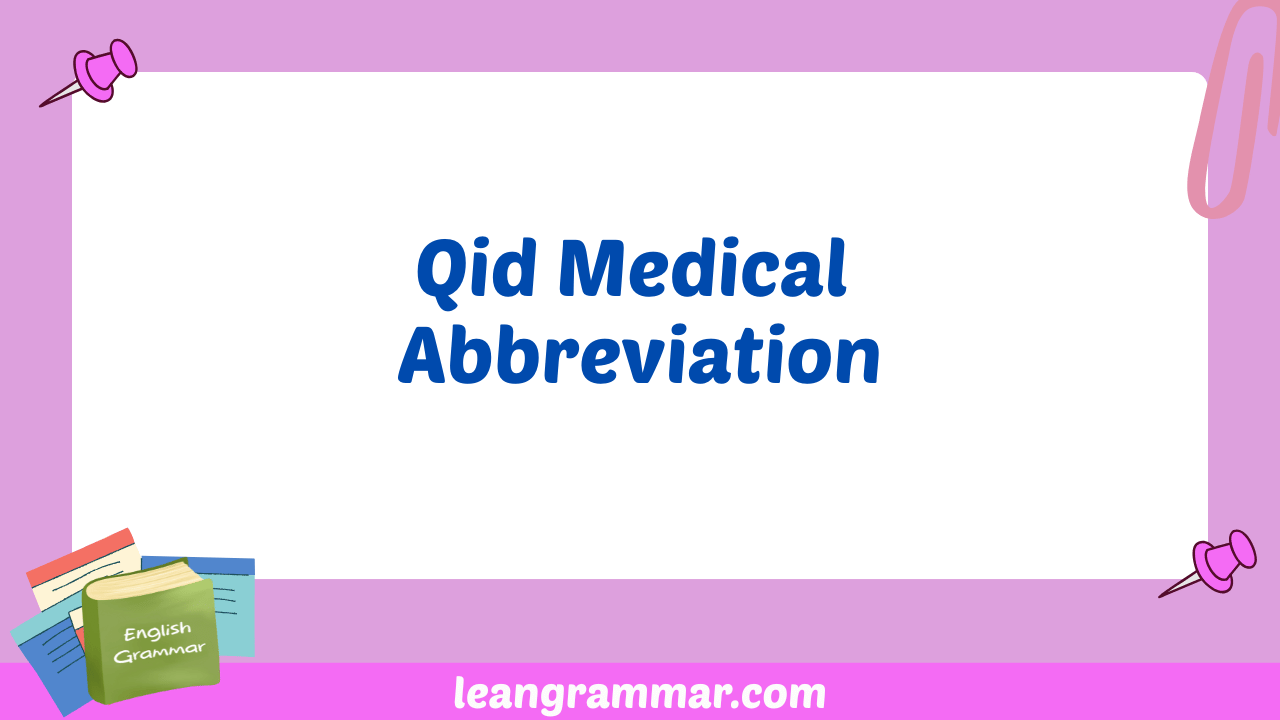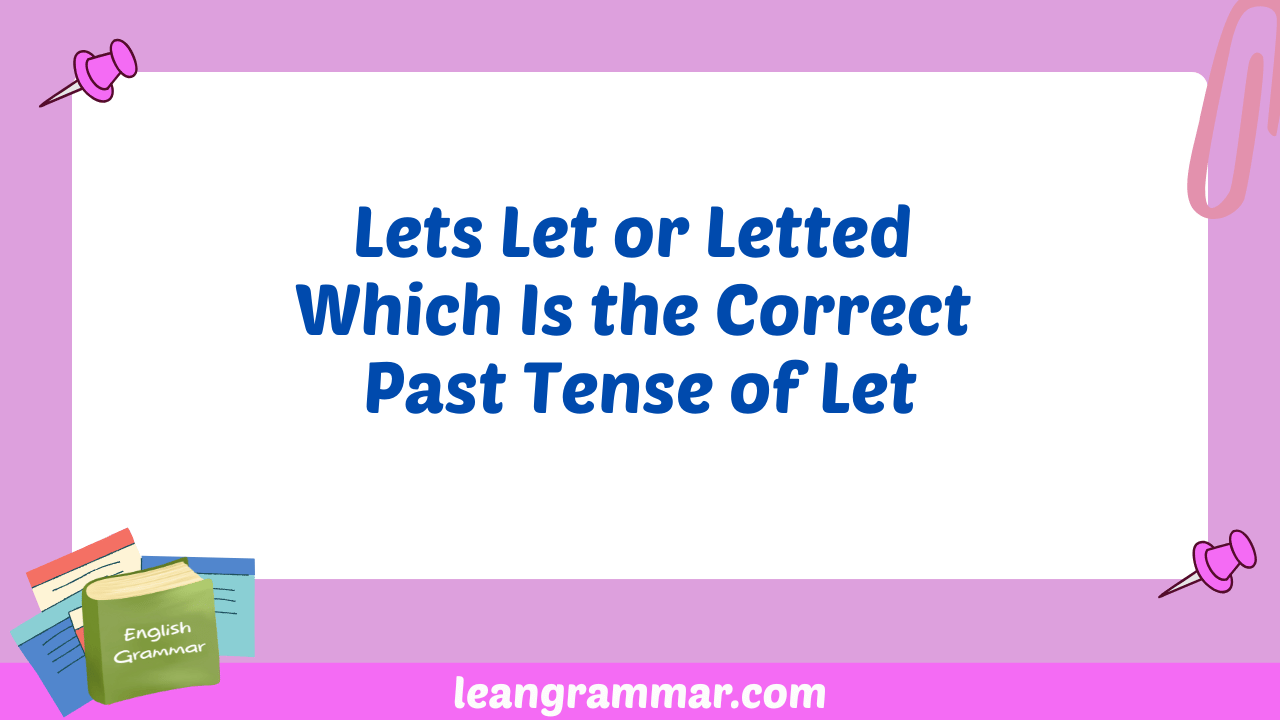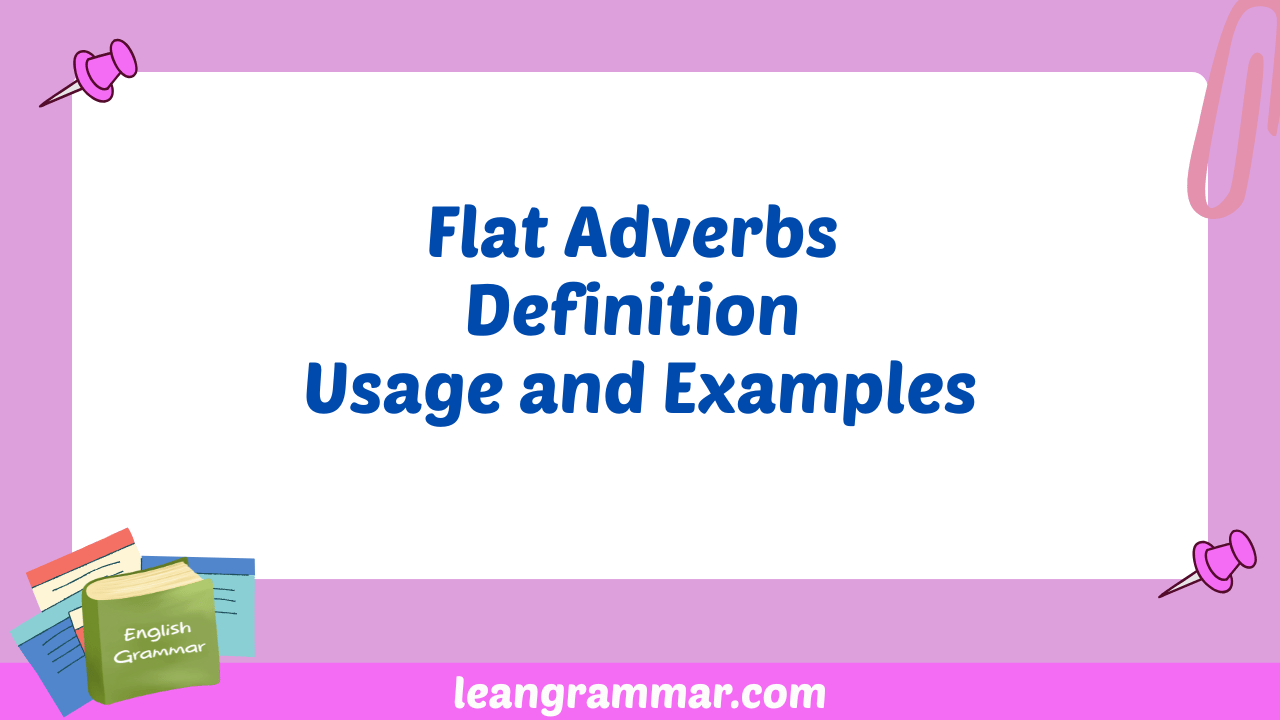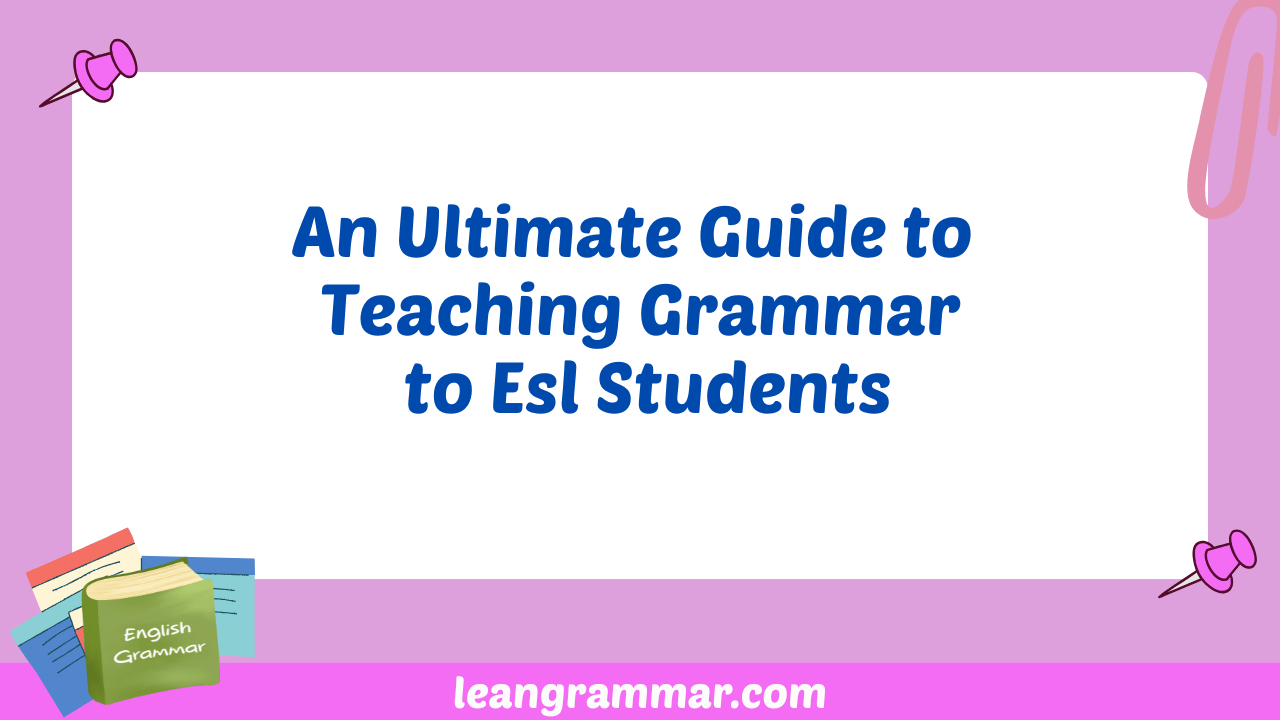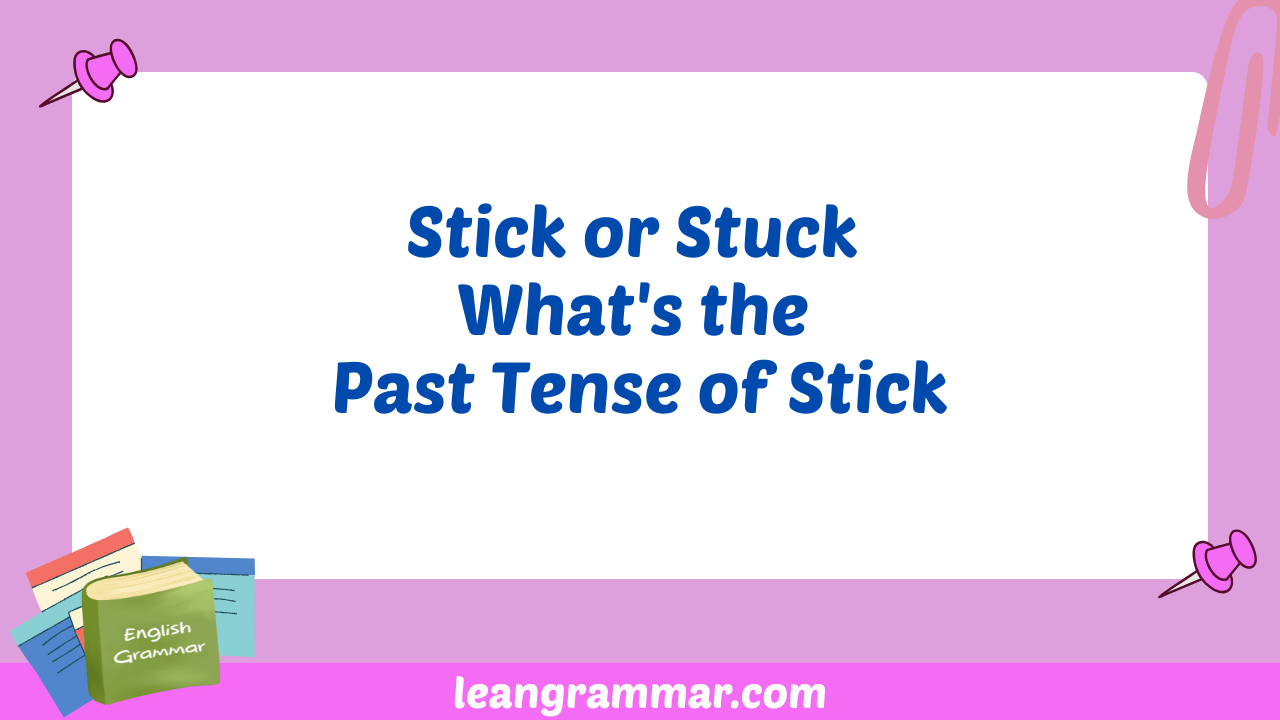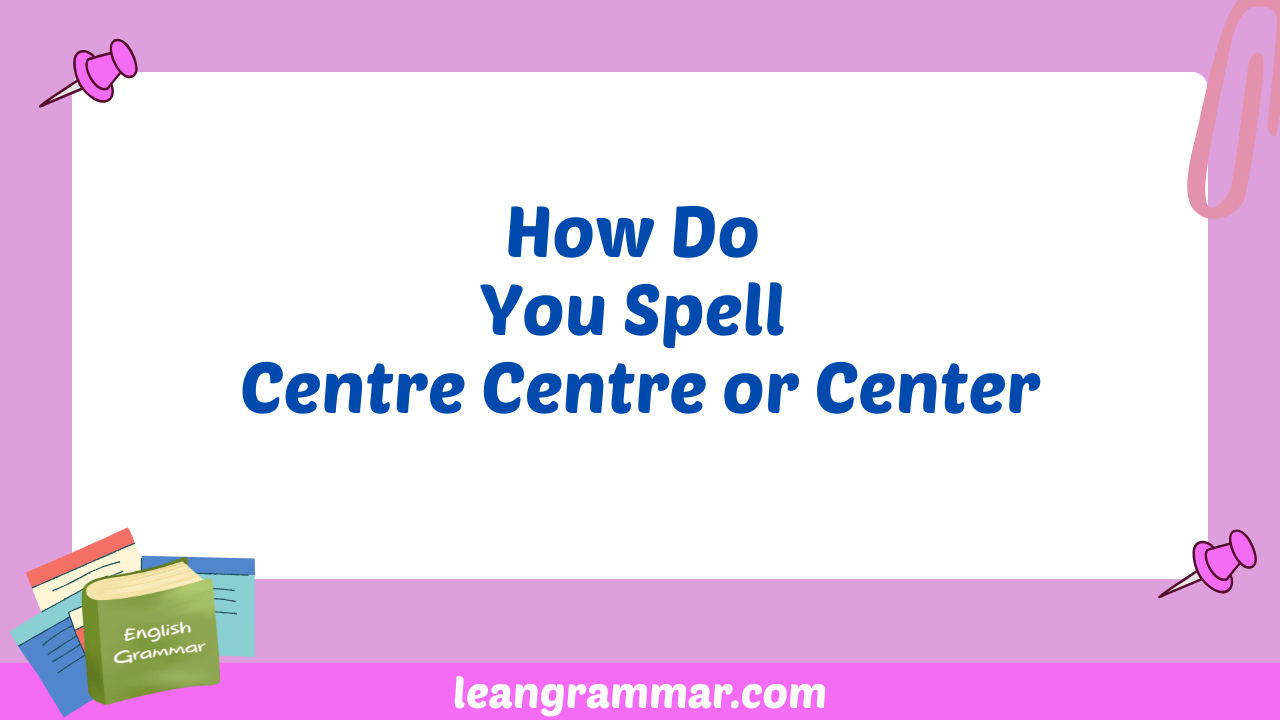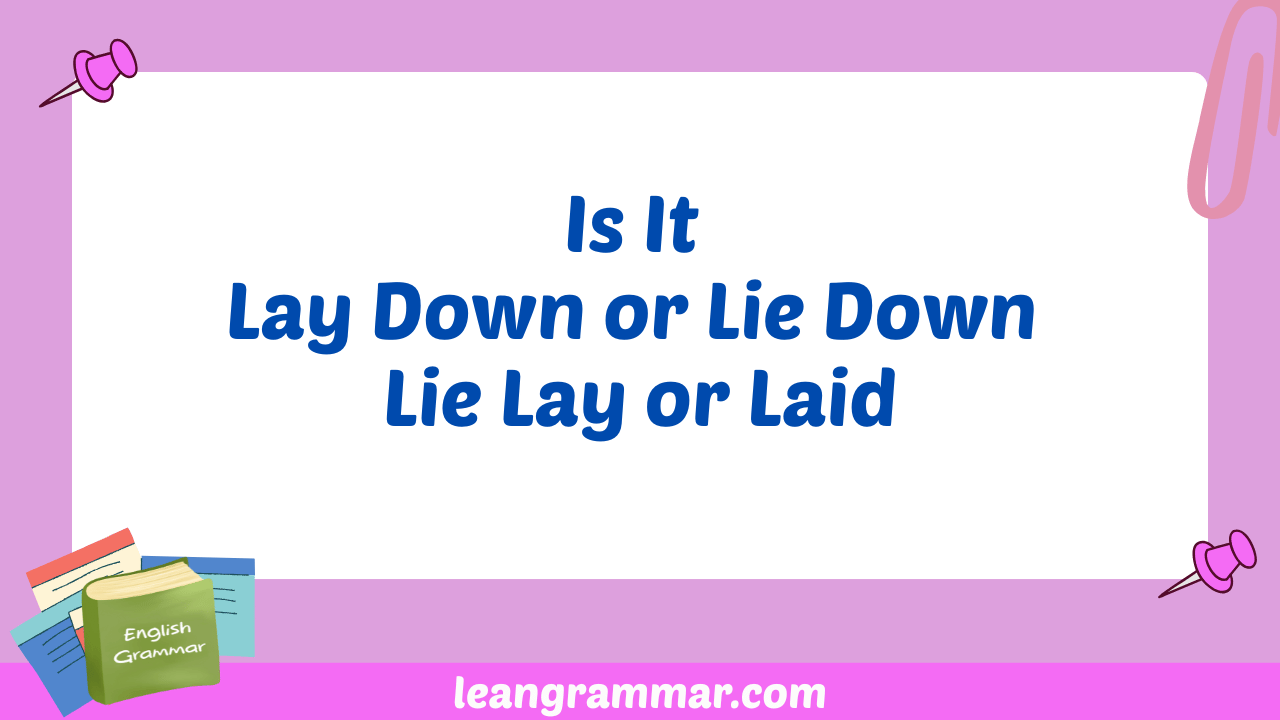Plural of Axis: A Comprehensive Guide to Axes
Understanding how to form the plural of irregular nouns like “axis” is crucial for clear and accurate communication. The word “axis,” derived from Greek, follows specific rules for pluralization that differ from standard English noun endings. This guide provides a detailed exploration of the plural form of “axis,” which is “axes,” covering its definition, usage, … Read more
